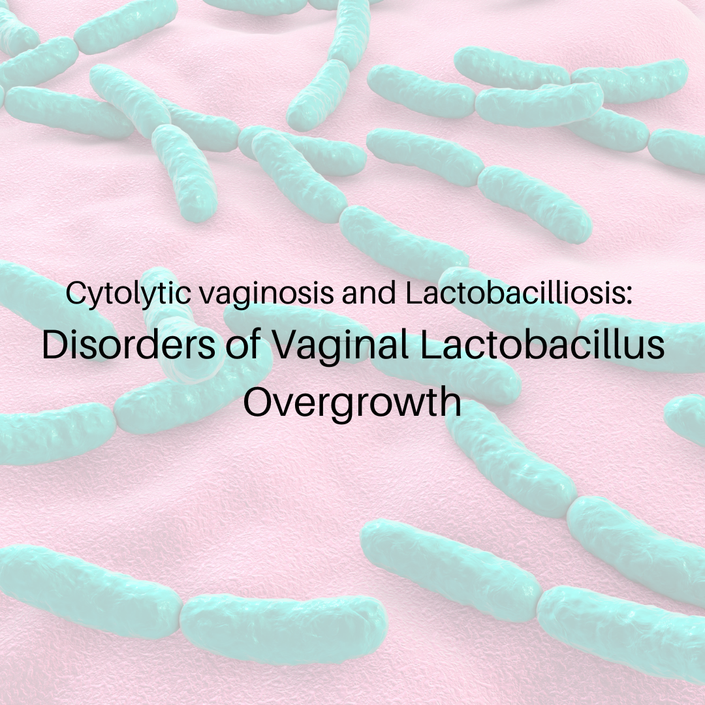
My Vaginal Microbiome: Lactobacillus Overgrowth
Perhaps you think you have a latobacillus overgrowth disorder?
Have you been diagnosed with too much lactobacillus and don't know how to support yourself?
Are you a practitioner seeing lactobacillus overgrowth presentations clinically?
Looking for information and support ideas for these tricky lactobacillus presentations?
Confused?
This webinar is for you.
Join Moira as you takes you on an exploration of these disorders and their possible influences and interventions. Treatment options are discussed and diagnostic keys are explored.
Suitable for both practitioners exploring the vaginal microbiome and members of the public looking for answers.
The frustrating thing with these microbial profiles is that the same patterns are seen In health and recurrent forms of candidiasis (thrush).
Clinically labelling these disorders require skillful diagnostic and symptom recognition. Some don't think they are real and we know little about them...
Pathological vaginal lactobacillus overgrowth disorders have been mentioned intermittently in literature for a number of decades. With Vaginal Lactobacilliosis and Cytolytic vaginosis often being been described as one disorder when in fact there are microbiome and diagnostic differences.
Vaginal lactobacillosis (VL) is said to manifest as a profuse white vaginal discharge, with the sensation of incessant wet underwear. It is characterised by the presence of abundant and extremely longer than normal lactobacilli in vaginal wet mount preparations. The official etiology is unknown and the prevalence is approximately 15%.
CV is also a lactobacillus overgrowth which in some literature appears to differ from lactobacilliosis in microscopy via visible epithelial cells and the visual presentation of the lactobacillus (elongated in lactobacilliosis, excessive in CV). Symptoms are similar. Microbiome studies suggest that CV is attributed to a specific type of Lactobacillus called L.crispatus. An efficient and usually beneficial microbe.
Some sources identify high Lactobacillus iners as CV where as other describe this presentation as more akin to Bacterial vaginosis (BV). I personally share the latter belief.
General information and disclaimer: Intimate Ecology provides education primarily targeted at a practitioner audience. This webinar is for members of the public and practitioners. Information is provided for general use only. Intimate Ecology suggests working with a practitioner for best results and is not liable for how this information is used by the individual.
